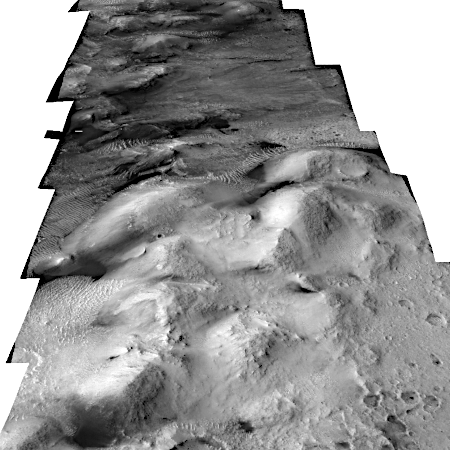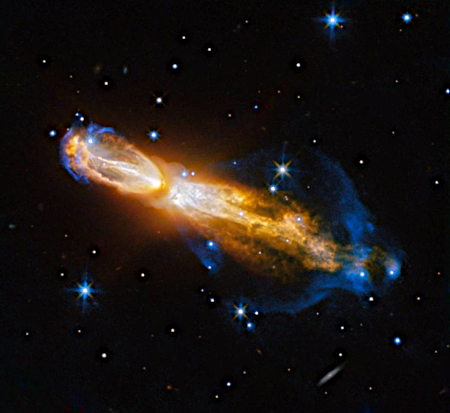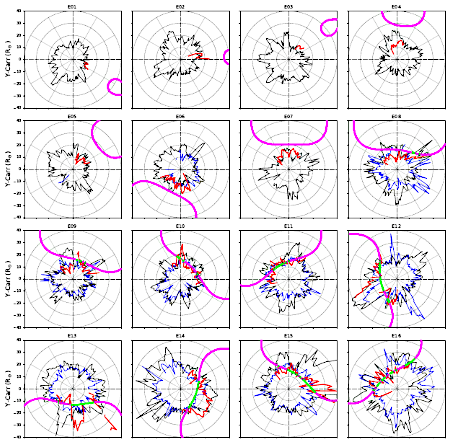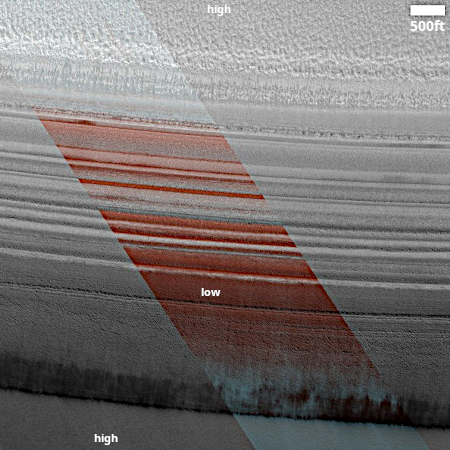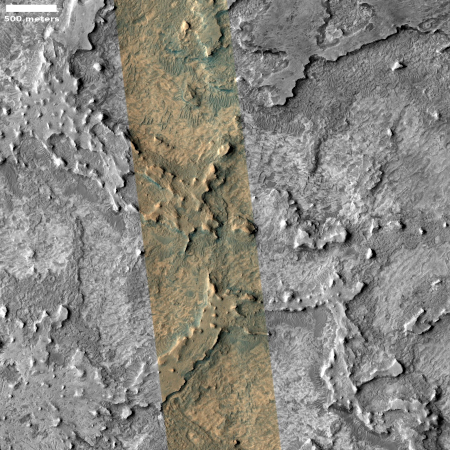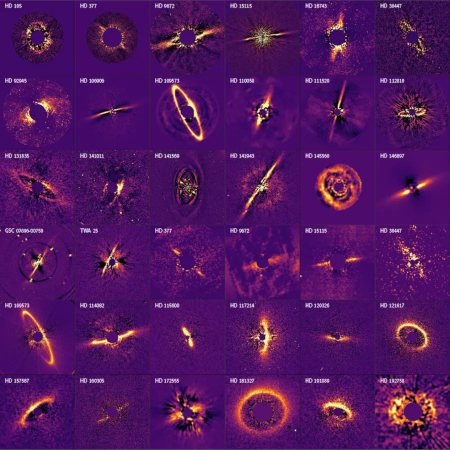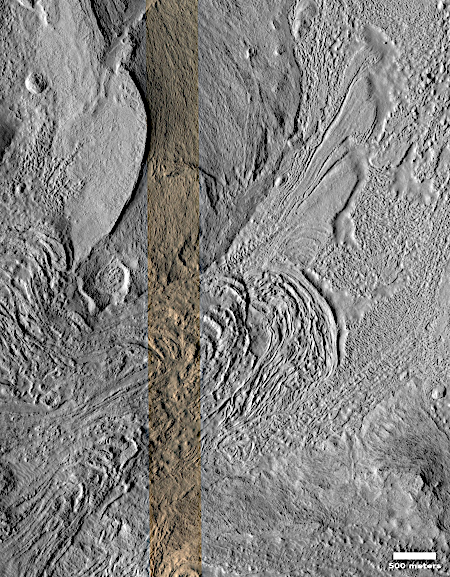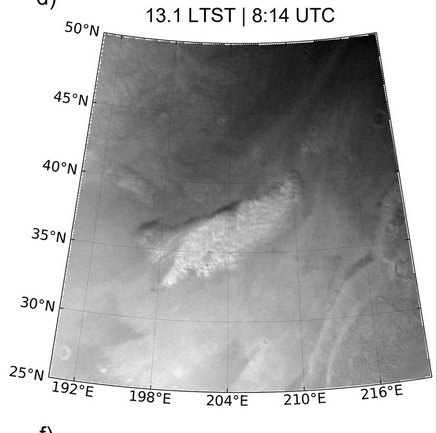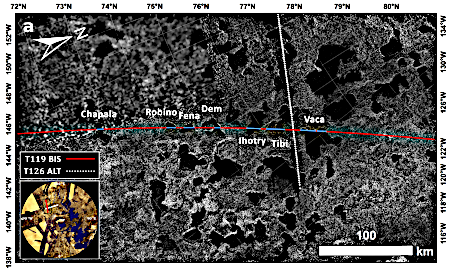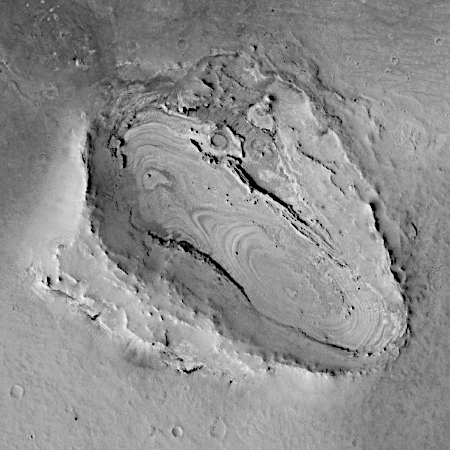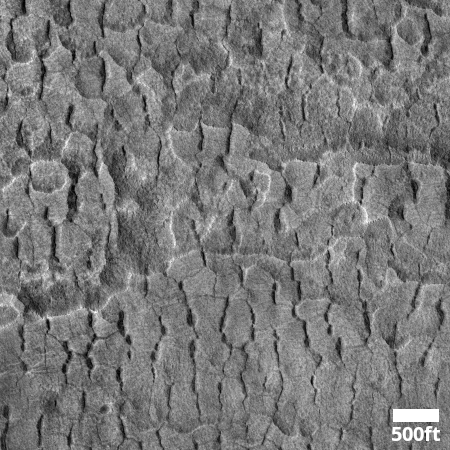A unique place where waves repeatedly crash against each other
The phenomenon this post describes is hard to believe, but a group of bodyboard enthusiasts have discovered a specific spot in the ocean where the underground topography causes waves to smash against each other from four different directions, and do so with such tremendous force that water is flung hundreds of feet into the air.
And it’s not two waves converging – in many cases it’s actually two giant 12-footers colliding with another two smaller waves backwashing out from the shore, plunging simultaneously into a gap left by hydrodynamic forces over a reef close to the surface, causing a huge volume of water to rocket skyward as if a depth charge has gone off underneath the waves.
That footage has got to be seen to be believed, so I have embedded it below. This collision of waves happens again and again, at the same exact spot. There isn’t any unique physics or science going on however. What we are looking at is simply the amazing possibilities that ordinary physics presents to our infinite universe.
» Read more
The phenomenon this post describes is hard to believe, but a group of bodyboard enthusiasts have discovered a specific spot in the ocean where the underground topography causes waves to smash against each other from four different directions, and do so with such tremendous force that water is flung hundreds of feet into the air.
And it’s not two waves converging – in many cases it’s actually two giant 12-footers colliding with another two smaller waves backwashing out from the shore, plunging simultaneously into a gap left by hydrodynamic forces over a reef close to the surface, causing a huge volume of water to rocket skyward as if a depth charge has gone off underneath the waves.
That footage has got to be seen to be believed, so I have embedded it below. This collision of waves happens again and again, at the same exact spot. There isn’t any unique physics or science going on however. What we are looking at is simply the amazing possibilities that ordinary physics presents to our infinite universe.
» Read more

